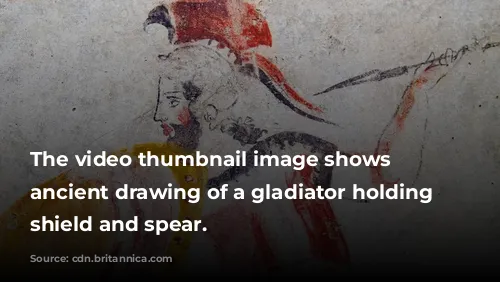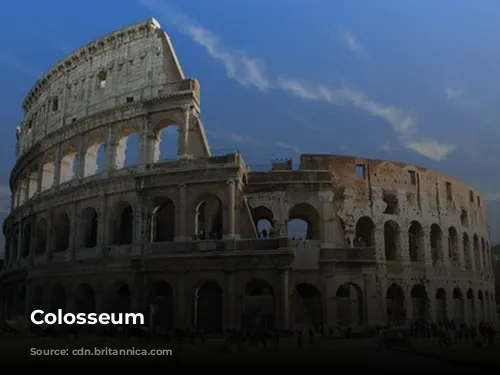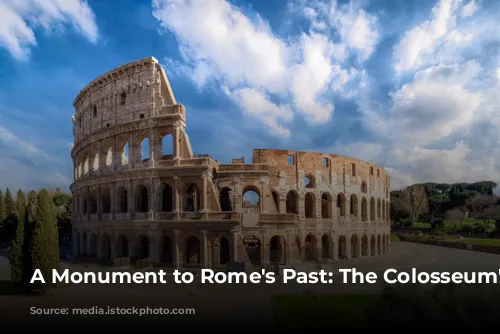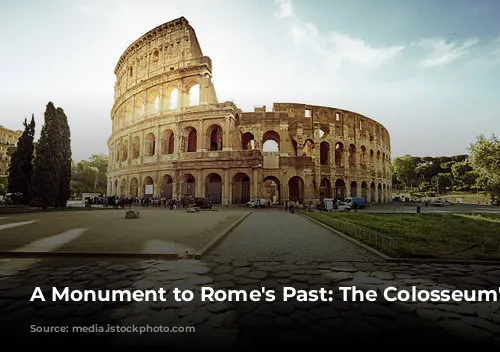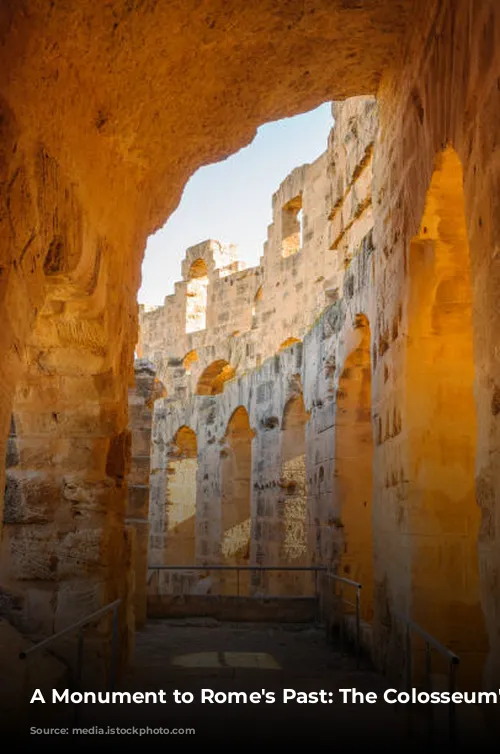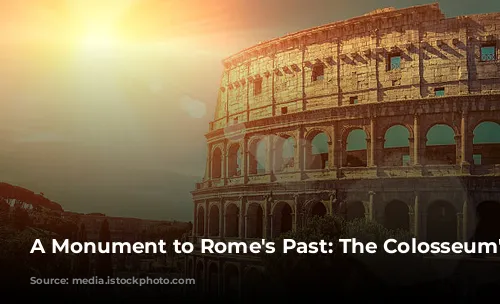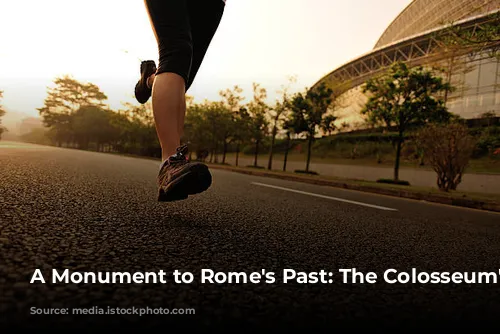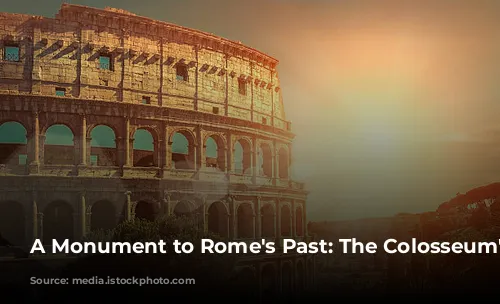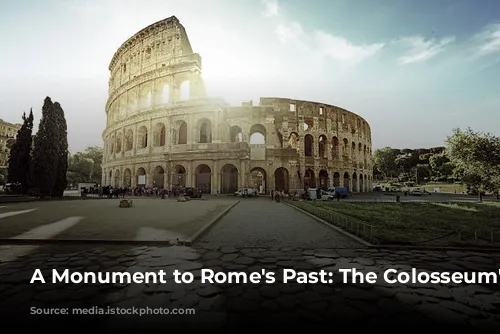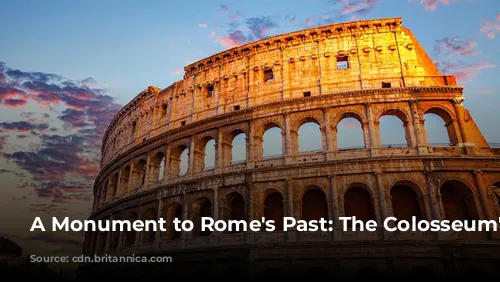The Colosseum, a testament to ancient Rome’s architectural and engineering brilliance, stands as one of the few mostly intact structures from that era. It’s more than just a relic of the past; it’s a significant contributor to the Italian economy, attracting a massive number of tourists each year. In fact, the Colosseum, Roman Forum, and Palatine Hill together generated over $63.3 million (€53.8 million) in 2018, making it the most lucrative tourist attraction in Italy.
This iconic landmark wasn’t always in its current state. The Colosseum suffered a period of neglect after the fall of the Western Roman Empire. The once-grand arena was repurposed as a fortress by powerful families during the 12th century, and in the 15th century, it was even used as a quarry! For over a thousand years, the Colosseum languished, its grandeur forgotten. Thankfully, state-funded restoration efforts commenced in the 1990s, breathing new life into this historical gem.
Built for Entertainment
The Colosseum’s construction was a grand project, intended to rejuvenate Rome after a period of political turmoil. The emperor Vespasian, who commissioned the Colosseum’s construction, envisioned it as an entertainment venue, hosting gladiator fights, animal hunts, and even mock naval battles. These spectacles provided entertainment for the Roman populace, reflecting the values of their society.
Construction began under Vespasian’s reign, between 70 and 72 CE. The structure was completed in 80 CE by Titus, Vespasian’s son and successor, and its fourth story was added by the emperor Domitian in 82 CE. It’s worth noting that the Colosseum was financed by the spoils of war – the loot taken from Titus’s conquest of Jerusalem in 70 CE. Tragically, enslaved Jews from Judaea were used in the Colosseum’s construction.
A Colossal Structure
The Colosseum, also known as the Flavian Amphitheatre, is an elliptical structure made of stone, concrete, and tuff, standing four stories tall at its highest point. It’s an impressive sight, measuring 620 by 513 feet (189 by 156 meters) and capable of holding up to 50,000 spectators. The Colosseum is best known for its gladiatorial combats, a testament to the brutality and spectacle of Roman entertainment.
The Colosseum wasn’t built on a hill like other amphitheaters. Instead, it stands as a freestanding structure, built on the drained site of Nero’s Golden House. This symbolic gesture represented Vespasian’s desire to replace Nero’s opulent palace with a public space for the Roman people. The Colosseum’s architecture is impressive, featuring a complex system of barrel vaults and groin vaults. Three of its stories are adorned with arcades framed by engaged columns in the Doric, Ionic, and Corinthian orders, a design that influenced Renaissance architecture. The primary structure is made of travertine, volcanic tufa forms the secondary walls, and the inner bowl and arcade vaults are constructed from concrete.

A Peek into Roman Life
The Colosseum was not just a place for brutal entertainment; it was also a testament to Roman ingenuity. The massive retractable awning, known as a velarium, shielded spectators from the sun. Hundreds of Roman sailors were needed to operate the velarium’s rigging, highlighting the scale of this engineering marvel.
The Colosseum witnessed countless spectacles, from gladiatorial combat to animal hunts and mock naval battles. While the Colosseum’s role in early Christian martyrdoms is debated, it remains a powerful symbol of Roman history and culture.
From Glory to Neglect
The Colosseum’s story is one of both grandeur and decline. In medieval times, the once-majestic arena served as a church and later as a fortress for prominent Roman families. Unfortunately, the Colosseum fell victim to neglect, suffering damage from lightning, earthquakes, vandalism, and pollution. The once-ornate marble seats and decorative elements were stripped away, turning the Colosseum into a quarry for centuries.
Thankfully, the Colosseum received much-needed preservation efforts in the 19th century, with notable contributions from Pope Pius VIII. In the 1990s, a major restoration project breathed new life into this historical landmark.
A Lasting Legacy
The Colosseum remains one of Rome’s most cherished attractions, welcoming millions of visitors every year. Regular exhibitions delve into the history of ancient Rome, offering a glimpse into the lives of the people who once walked its grounds.
The Colosseum stands as a powerful symbol of Rome’s past, a testament to its architectural prowess and engineering genius. It’s a reminder of the city’s rich history and its enduring appeal to generations of travelers.
